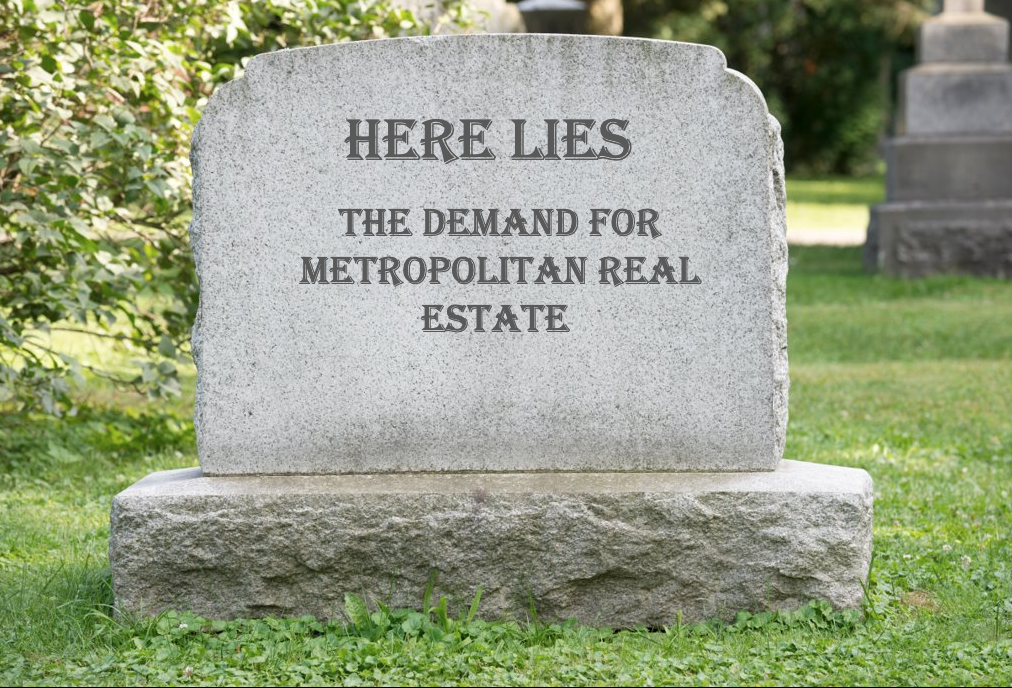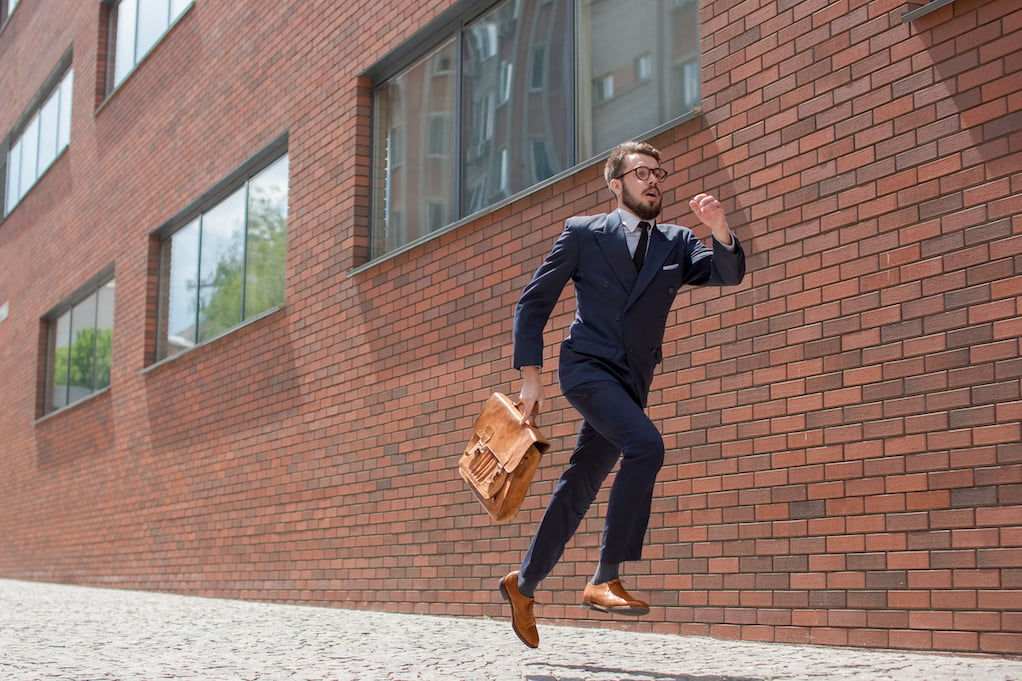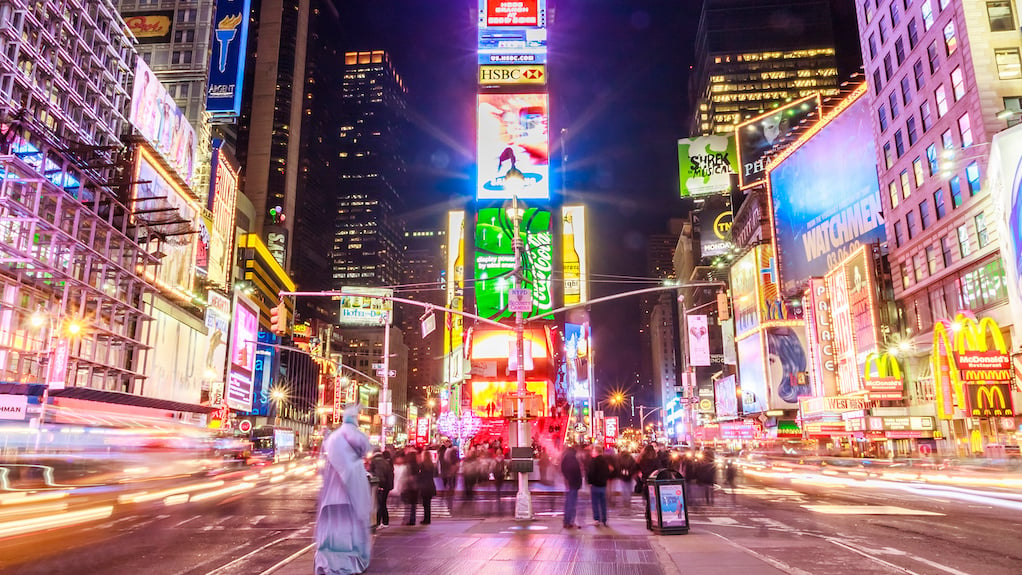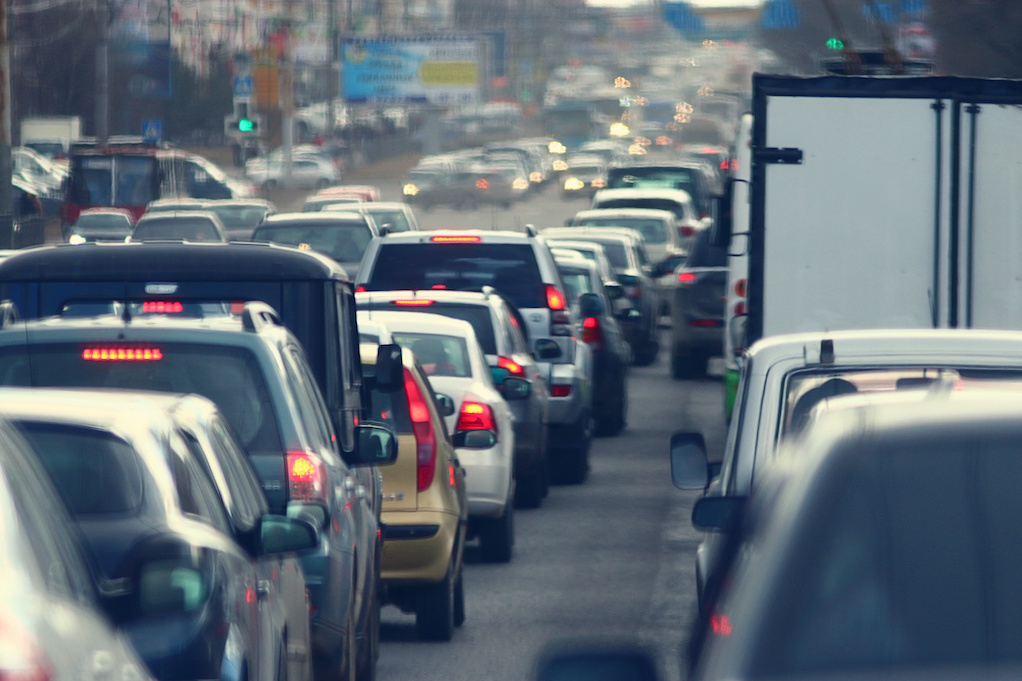Millions of Americans are leaving cities in record numbers. Is this the beginning of the end of the popularity of our nation’s metropolitan areas?

It’s tough to say for certain, but as crime rates grow, traffic worsens, and better opportunities lie outside of city lines, Americans are migrating (and businesses are following). So, if you’re wondering what this means for your corporate real estate, you’re not alone. As cities make plans to discourage driving commuters further, outbound moves to the suburbs are only sure to increase.
Parking and the Push to the Suburbs
The Benefits of Suburban Offices
The Movement for Walkable Cities
Cities Push Drivers Away
If your New York City commercial real estate wasn’t already a liability, it might be now. NYC is cracking down on the carbon footprint of its commercial real estate. Since it was discovered that nearly 40% of global emissions are due to commercial real estate, the city’s government is acting. For example, the New York City Climate Mobilization Act requires buildings that exceed 25,000 feet will need to reduce their greenhouse gas emissions by 40 percent by 2030.
These, among other harsh green standards, have been ousting businesses for years now. Unfortunately, however, it’s only getting worse. So if your NYC employees go to work driving- we hate to break it to you, but you may be getting a two-week notice on your desk pretty soon.
|
New York’s Metropolitan Transportation Authority plans to slam drivers with a $23 charge to commute into the central business district. |
In a city that takes heaps off salaries in taxes, doesn’t this seem like a slap in the face?
The plan aims to curb congestion that creates backup and generates significant fossil fuels. It is also designed in part to encourage public transport ridership. (Yeah. New York’s City notoriously well-run and clean subway system)
Many also rightfully argue that such a plan will disproportionately affect low-income communities. In other words, those who can afford to drive will continue to do so. Not quite equal.
Good luck convincing your team to continue coming into the city when their options are crime-ridden public transport systems or paying an arm and a leg to get to work (not including parking.)
Ah, that brings us to our next point…the parking.
Parking and the Push to the Suburbs
Parking (or lack thereof) in cities is just another inconvenience of city life that people no longer want to put up with, given the newfound work flexibility. Not to mention how expensive parking is in metro areas. In Midtown Manhattan, parking is typically $45 per day. In a month? This can cost you about $1350- you might as well be paying rent.
Suburbs are generally equipped with their own self-sufficient parking. Typically, parking ratios in a suburban area would provide around five cars per thousand square feet. Cities, which are densely packed and thus have higher land value, can’t afford to give such space to every building. In fact, good luck finding any parking space (within a reasonable price or distance).
This inconvenience also points to a growing phenomenon. New York City and other large metropolitan areas are losing people in droves to suburbs.
Increased inbound suburban moves are largely a byproduct of "COVID-19’s impact on domestic migration patterns, with 2021 bringing an acceleration of moves to smaller, midsized towns and cities,” Michael Stoll, an economist and public policy professor at the University of California, said in a written statement.
|
Americans no longer want to put up with high prices and tax rates for densely packed cities. |
New York, which is the nation’s largest city, lost 3.5% of its residents, or about 305,000 residents. The second-largest city? Los Angeles lost 1%, or 41,000 people, followed by the third-largest, Chicago, which lost 1.6%, or 45,000 people, according to the Wall Street Journal.
Businesses and families are fed up with the costs, crime, and inconvenience of strict regulations in cities. So instead, they are finding a respite in the suburbs. Consider how this trend will affect opportunities to improve your commercial real estate.
The Benefits of Suburban Offices
For commuters of suburban jobs, there is more freedom, efficiency, and comfort. This is opposed to the gridlock of rush hour in the metros. For example, in Midtown Manhattan, the average speed of traffic is 4.7 mph, according to the LA Times. That’s barely faster than walking when the average walking speed of 20-50-year-olds is roughly 3.2 mph.
If you have a car in Manhattan, you’d be better off jogging to work- you’ll probably get there at the same time, and you won’t sweat more than you would navigating the rush hour road rage!

For commercial real estate, suburban offices bring a lot of benefits. Suburbs are more affordable, easier to access, and usually provide a better quality of life. Suburban properties then become more appealing to potential team members. Not only are you free to drive to work, but you won’t need to worry about parking once you're there.
Cities were historically laid out to discourage driving. With new prohibitive tolls, this is only sure to become more ingrained.
The Movement for Walkable Cities
At the same time, there is a growing push, especially among younger demographics, to deconstruct cities built around cars to promote pedestrian walkability. This proves that those who aren’t fleeing cities for the suburbs are making moves to alter them to provide a better quality of life. The inconvenience of city driving, and parking is a universal truth.
According to CNBC, “As traffic rates rise and congestion becomes a bigger problem in large cities, designing neighborhoods around people and prioritizing public transport instead of cars seems like a no-brainer.”
So, you’ve heard it here first. Cities are (not so gently) nudging away from their reliance on cars. In fact, in NYC, there was a precedent set with Times Square. The project to convert the hub into a pedestrian paradise proved successful. There was an observable decline in traffic accidents and fatalities while revenue and tourism in the area sustained. It is also part of the pursuit to reduce the carbon footprint of one of the biggest cultural powerhouses in the world.

So, this seems to be where the future of cities is going. This then begs the question: How will the push for walkable cities affect your corporate real estate?
First, those who wish to keep driving will lay down more roots in the suburbs (as they already were doing) – but likely at exponential rates. As a result, the demand for office space in these areas will increase accordingly. Savvy, quick-moving tenants have an opportunity to get in on the ground floor and seize the opportunity for affordable suburban commercial real estate.
Second, know that the push for walkable cities reliant on mass transit isn’t going anywhere. President Biden recently invested 20 billion dollars in public transportation, solidifying the government’s commitment to the cause.
However, it is likely still years before Americans can witness the payoff of this investment. So until this happens, businesses are likely to rely more on public transport to get their team to and from work. As such, an emerging and serious concern is the safety of doing this.
|
Transit crime is up 58 in NYC% from this time last year. |
according to ABC News
When your most important asset is your people, why expect them to place themselves in a potentially dangerous position?
Adapt Your Commercial Real Estate Now
The bottom line is: that as Americans are moving, don’t let your business get left behind. The trend towards stricter regulations and higher prices in cities indicates that suburbs will continue to act as a haven for those fed up with metro conditions.
So, if you’re in charge of your company’s commercial real estate, there are some things you should take away:
- Cities are implementing tougher restrictions to encourage carbon neutrality- Expect this to affect your urban properties.
- NYC is planning to hit drivers with additional expensive tolls to curb driving commuters- Expect your driving employees in NYC to be pissed.
- Cities are gradually integrating means to deconstruct their reliance on cars.
- As a result of these (and more) factors, more Americans than ever are moving to the suburbs.
- Suburbs allow greater freedom for driving commuters and better features in corporate properties.
If you need help integrating this information and keeping your CRE up with the times, reach out to a Tenant Rep. As CRE experts, Tenant Reps are fully equipped with market knowledge and emerging trends that will land you with optimal commercial real estate solutions.
At iOptimize Realty®, we are Tenant Reps with 30+ years of experience balancing both the demand of trends and traditional optimization methods to streamline portfolios or individual leases. Recently, we have observed the migration to the suburbs and how much this could benefit the bottom lines of our corporate clients.
So, if you want to learn more about why you should consider a suburban relocation, we have an article for you:
The Pros and Cons of Relocating Your Business to the Suburbs
Are you ready to save time and hear from a Tenant Rep directly? Click the link below to be connected to an expert and improve your CRE now.








